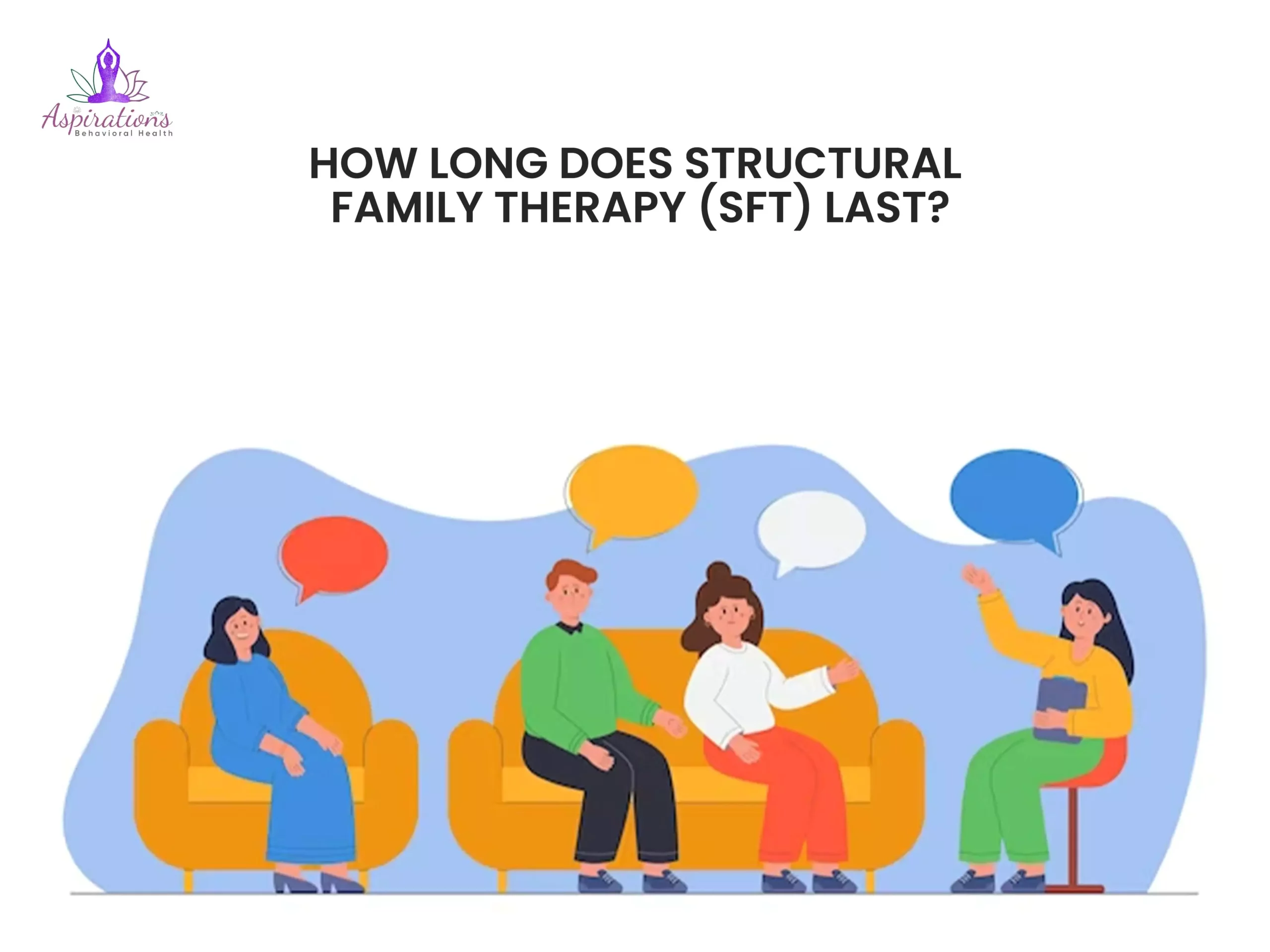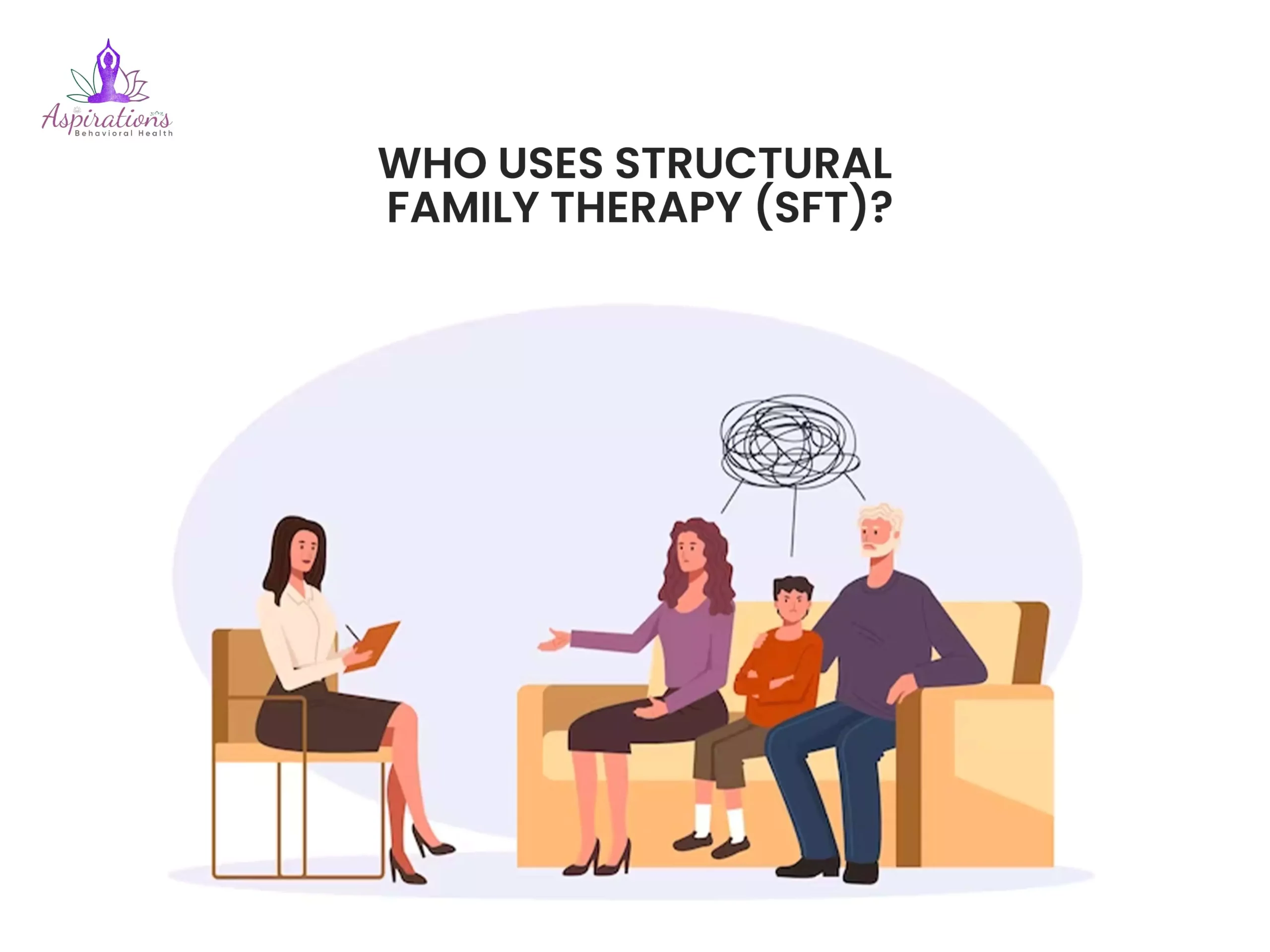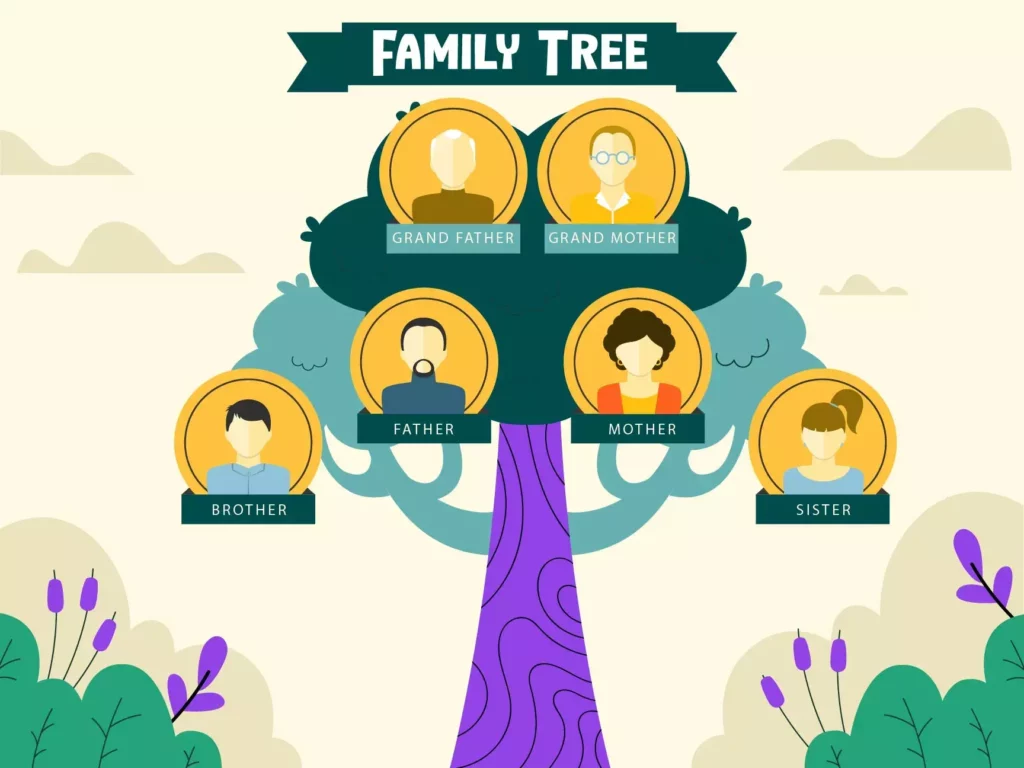Do you ever feel like your family is slipping away from your hand? Or you think your kids have become more focused on other aspects of their lives and neglected the family values you worked so hard to establish. Well, this is your sign to refer to a world-renowned therapy technique called Structural Family Therapy. Structural Family Therapy is a family intervention that allows therapists and specialists to look at and observe your family dynamics and work on the improvement of family relations between every member of the family. Salvador Minuchin and his colleagues developed Structural Family Therapy in the 1960s as part of a growing interest in systemic approaches to understanding relationship difficulties and individual distress.
Family dysfunction is a source of stress, anxiety, and other wellness issues caused internally in the family, but you are not aware of them until it’s too late. With Structural Family Therapy, a professional observes your relationships with an outsider’s eye, giving them an overview of the root causes of family dysfunction. Let’s learn more about Structural Family Therapy Techniques so you can choose the best one for your family!
How Effective Is Structural Family Therapy?
A study conducted in 2019 on the impact of Structural Family Therapy on adolescents in the family proved that regardless of gender, all adolescents in the family showed improvement in internal and external problems after the treatment. This is one of the many studies that have proved the significant impact of Structural Family Therapy Techniques in creating an interactive environment for all family members. These techniques help families create smooth transitions, higher family cohesion, and healthy boundaries when facing challenging situations like trauma or family loss.
Through the techniques of Structural Family Therapy, families learn how to create a safe space for each individual to deal with complicated feelings or overwhelming emotions so they can traverse the healing process together and not alone.
Structural Family Therapy Techniques

Family mapping is a method used in structural family therapy to identify and comprehend behavioural and familial interaction patterns. Throughout this procedure, the therapist develops a visual picture of the family’s troubles and how familial dynamics uphold those issues. The therapist then tracks interactions with the family throughout therapy sessions and at home to form a hypothesis about the nature of their connections and interactional patterns. Let’s look at some other forms of Structural Family Therapy Techniques!
Genogram

Genograms are:
- A graphic representation of a person’s family.
- Relationships among family members.
- Medical and mental health histories.
It contains additional information about the family and each individual, making it more detailed than a family tree.
To indicate gender, diagnosis, and links between distinct family members, the genogram employs a variety of symbols. A therapist could use a genogram to assist a client in seeing intergenerational relationships or drawing conclusions about how their families interact.
The therapist may utilize the genogram to learn more about the family as a whole as well as each individual member if several family members are participating in family therapy.
Joining
Joining is a way to translate therapy into an emotionally connected goal. In order to “join” the family, this strategy calls on the therapist to establish a sharing and sympathetic relationship. Setting clear limits and family hierarchies: The therapist will work with the family to identify, consider, and adopt these things. A therapist’s ability to participate is only sometimes a feature in some of their behaviours but not others. Correctly assessing what it takes to establish an affiliative, respectful guiding influence with each family automatically leads to effective joining.
Enactment or role-play
In order to examine specific behavioural patterns, recognize dysfunction, and practice enacting alternatives involves playing out events under the therapist’s supervision. This technique involves a reenactment of scenarios constructed by the therapist that highlight the dysfunctional factors so the family can identify them.
Boundary-making and restructuring
All families and couples naturally have boundaries. Boundaries define the expectations of each party, the roles that individuals and family subsystems (such as children or parents) perform, and the duties of family members. There are three types of boundaries: rigid, clear, and diffuse. The aim of therapy for practitioners who follow a systems theory approach is to assist clients in creating distinct boundaries that are neither too dispersed nor too strict. A family or marriage is more prone to face dysfunction the more they deviate from having defined boundaries.
Restructuring is centred on watching and influencing family interactions, as advised by the therapist during a counselling session, whether enacted or spontaneous behaviour sequences.
Reframing
In cognitive reframing, the therapist assists family members in adopting new perspectives or ways of thinking about problems. People may see experiences more favourably as a result of this. When attempting a restructuring, reframing entails rethinking the issue, removing “the label” and sometimes the judgement, and creating greater space for change. Reframing is most effective when it creates a relational context for transformation by aligning with the client’s worldview and language.
What Does a Typical Session Look Like?

During your first structural family therapy session, your therapist will review their role and what brought you in for therapy. The purpose of the first session is to learn how the therapist works and the family dynamic. The therapist will likely ask each family member to explain why they believe they are in therapy. This typically provides a therapist with insight into any family patterns and/or alliances. The first session is usually an hour long, and the therapist will work with the family to develop a treatment plan for the frequency of therapy.
How Long Does Structural Family Therapy (SFT) Last?

Unlike other psychotherapies, the Structured Family Therapy Approach focuses on the present rather than the past, allowing families to avoid blame and communicate constructively to solve problems. Any family can benefit from it, and treatment should last at least three months. The duration of therapy can vary with respect to the extent of your family issues. Therapy may take four to six sessions for families to learn to set limits for teenagers; if the teenager has behavioural or emotional issues, it may take longer. Families dealing with a child’s sexual abuse may be in therapy for years. It is not uncommon for a family to come in for one reason only to discover that other issues must be addressed.
Who Uses Structural Family Therapy (SFT)?

Structural family therapy can assist families with a wide range of issues. These concerns include raising children with intellectual developmental disorders, incarceration, infidelity with parental figures, mental health concerns, and trauma.
The following are examples of common life events that may necessitate structural family therapy:
- Separation/divorce
- A child discovering their sexuality
- A partner who is in transition
- A parent who is changing careers
- traumatic incidents
Structural family therapy can help with the following mental and behavioral disorders or concerns:
- Depression
- Anxiety
- PTSD
- Sexuality
- Infidelity
- Life-changes
- Family structure changes
Conclusion
Family therapy may not resolve every conflict that you and your family face. Still, it may help you develop healthier coping skills and more productive ways of communicating with one another! Working with your therapist, you and your family members can explore your family’s problem-solving skills, boundaries, authority structures, and communication habits to identify potentially problematic patterns. Your therapist will then collaborate with you to develop a plan for improving communication and problem-solving skills in your family.



